From the giant rock faces of Myrtle’s Turtle and the Beehive to the rocky shorelines of Trout Lake, one can’t help but notice the rock that forms the Selkirk Mountains.
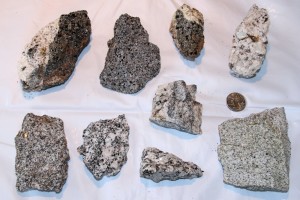
A collection of rocks found on the Hidden Lake trail shows some of the variations of granitic rock in the Selkirk Mountains
The speckled black, white and gray rocks found underfoot on trails and shorelines in most of the Selkirk Mountains of North Idaho, except for the far northwest corner of Boundary County, are granitic rocks.
From afar the rocks on Roman Nose look similar to West Fork Ridge but there are slight variations.
Recently hiking the Hidden Lake trail, I came across rocks ranging from darker colored rocks to speckled white and black rocks with varying sizes of minerals. I was curious how there could be such variation within a few hundred feet.
The local geologic map didn’t show the small scale variations but it showed the large scale differences within the Selkirk Mountains. A few of the variations include granodiorite of Trapper Creek, mixed granitic rock of Lookout Mountain and monzogranite of Shorty Peak.
There isn’t a “cookie-cutter” version of granite like there is lodgepole pine. Instead granite is a broad term for a certain range of igneous rocks, with igneous rocks being those that formed from the crystallization of molten rock.
Igneous rocks are classified by grain size and composition. The minerals in coarse-grained rocks, like granite, are visible with the naked eye. The minerals in medium-grained rocks, like basalt, are visible with a hand lens and the minerals in fine-grained rock, like obsidian, can only be seen under a microscope.
Composition is based on the minerals present in the molten rock and the color of the rock roughly reflects the composition. Light-colored rocks tend to be composed of silica-rich minerals and dark rocks mainly of mafic minerals.
Silica-rich minerals include quartz, feldspar and muscovite and mafic minerals include hornblende, pyrovene and biotite.
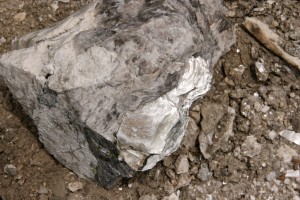
Muscovite (light-colored mica) is the flaky, shiny mineral on the lower right-hand corner of this rock
Pick up a speckled rock in the Selkirk Mountains and the light gray, glassy minerals are usually quartz. The other light-colored, often prismatic crystals, are often feldspar. The glittery and flaky mineral is mica which can either be dark-colored (biotite) or light-colored (muscovite).
The dark specks are iron and magnesium rich minerals such as biotite and black hornblende.
When a rock has more than 65 percent silica-rich minerals with at least 20 percent being quartz, it is classified as granite. Therefore, granite is mainly light-colored with some darker specks of mafic minerals.
When the silica-rich mineral content lowers to between 55 and 65 percent of the rock and there is still a high proportion of quartz, then it is classified as granodiorite. Therefore, granodiorite tends to have more dark minerals than granite which lends to a more speckled appearance.
Not all the rocks in the Selkirk Mountains will fit into the classification of granite and granodiorite, like the dark-colored rock I found along the Hidden Lake trail, but most do. To find out about the ones that don’t fit in and how granite is formed, come back next week.

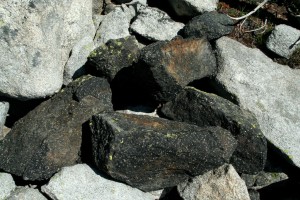
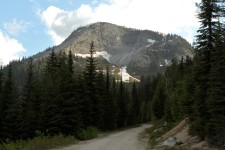
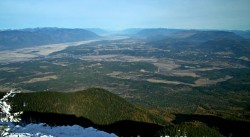
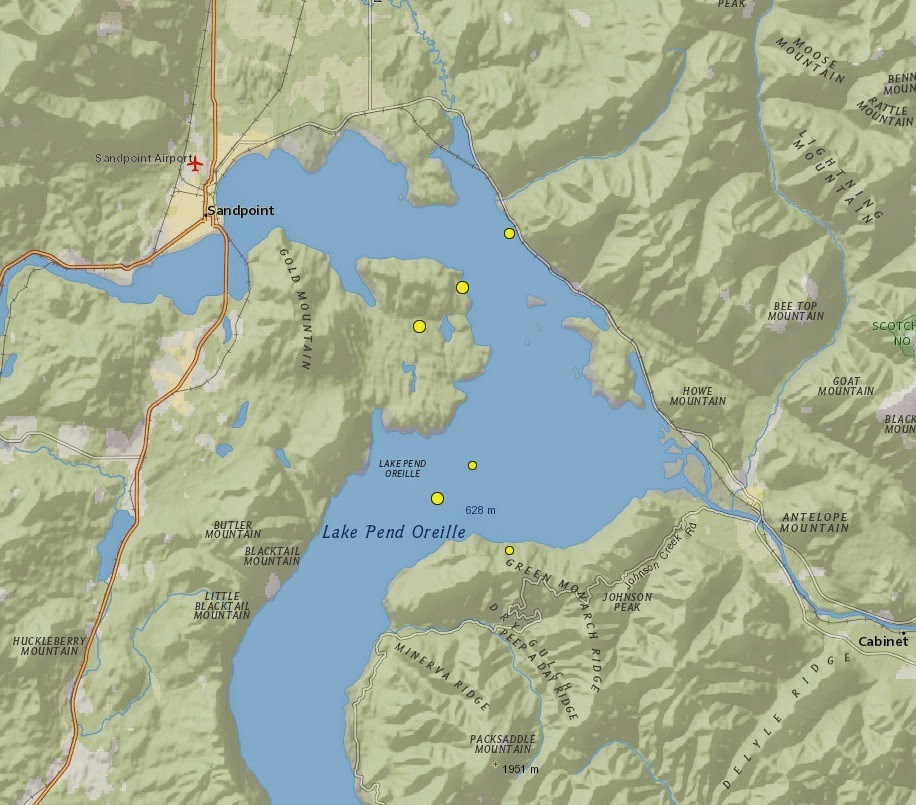
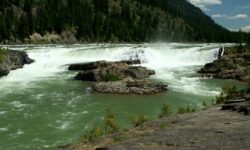
Hi Laura,
I thot I’d drop you a note on a very rare rock formation I found while leading a hike above pyramids-Ball Lakes.
The rock is called Orbicular Rock. There are less then 200 areas containing Orbicular Rock. However, there are three in Idaho, but none of them are as spectacular as the ones near Ball Lakes.
For info and directions to these rocks, please email me, so I can send you images and directions.
Chic